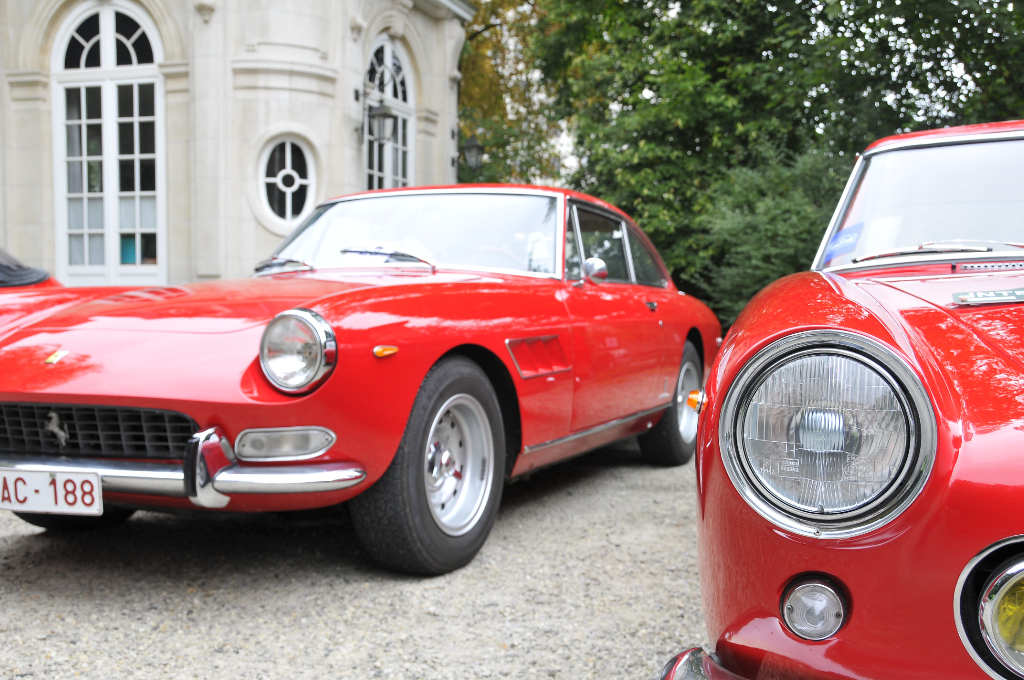Here is some marketing research that will be of interest to more than one of you. A trio of German researchers has just proved, thanks to four successive studies, that the design of an object has a positive impact on customer loyalty. In other words, an attractive object encourages its owner to use it more often and to remain committed to it afterwards when it is time to replace it. In this article, we explain the results of this research in an accessible way. We hope it will inspire you in your customer loyalty strategy. If you would like to delve into the details of this research, you will find it below this article.
Summary
- The effect of design on purchasing behaviour
- The design influences customer loyalty
- Conclusion: how to increase customer loyalty with the help of design?
- Sources
It all started with the effect of the design on the purchase
The effect of design on the probability of purchase has been widely studied. The causal link between aesthetics and acquisition has been demonstrated repeatedly. For example, this study has shown that attractive packaging influences consumer choice. Design is also a factor that positively influences the success of a product on the market. This is, therefore, a parameter to be taken into account when carrying out market research.

4 studies that show that design influences the use of attractive objects and their repurchase
While it is essential to know that design influences the purchase, the legitimate question was “what happens after the purchase? Does the beautiful object purchased, continue to be used? Is it used more intensively than another similar but less attractive object? And what happens when the object in question is replaced?
This is precisely the subject of the study published by Annika Wiecek, Daniel Wentzel and Jan Landwehr in the International Journal of Research in Marketing. The marketing researchers carried out four complementary studies, using four different methodologies, to establish their conclusions.
Study #1: The effect of design on the use of products in real-life conditions
In this study, the researchers used datasets provided by different companies to study the use of their products in real conditions. These are, therefore observed data. My favourite case study is the relationship between car design and purpose. Data from a car sales platform (mobile.de) were used to extract the mileage travelled at the wheel of 89 car models launched in 2009. And to evaluate the design of these 89 models, the researchers used a survey that had been started by a magazine among its readers to rate the design of the 2009 models. After a series of methodological precautions, the final dataset contained 1,381,414 vehicles from 68 different models. I’ll let you guess the result … a positive correlation was indeed found between the design and the use of the car. The more the vehicle is perceived as beautiful, the more it is used (that is to say, the higher its mileage).
Study #2: Aesthetics influence the duration of use
Study #2 is an experiment carried out with 70 students. Conducted with smartphones, it showed that the more aesthetically appealing the smartphone was, the longer the length of use.
Study #3: Customer loyalty is the result of intensive use of a product
Study #3 (also conducted on smartphones) is extremely interesting because it explains the dynamics of loyalty. In short, the more you use a product, the more you get hooked on it, and the more your loyalty increases. Attracted by design, you use the product and get used to it. Think about your smartphone: do you always buy the next model, or do you change brands and operating systems? In the end, habits are a powerful driver of customer loyalty.
Study #4: Sustainable vs. non-sustainable products
Study #4 captures a “side effect” (known as the “moderating effect”) in the relationship between design and customer loyalty. The correlation between one and the other depends on the type of product. If it is a “sustainable” product (that can be reused), the association is positive. On the other hand, if it is a “disposable” product, the correlation is negative (which incidentally explains the results obtained in the only other study on the subject).
Conclusion: how to build customer loyalty?
Do you want to develop customer loyalty? Well, if you market “sustainable” products, it’s in your best interest to include design in your development. On the other hand, if your products are “disposable”, it is better to avoid this because it acts as an inhibitor of consumption and loyalty.
the aesthetic fidelity effect
Sources
Reimann, M., Zaichkowsky, J., Neuhaus, C., Bender, T., & Weber, B. (2010). Aesthetic package design: A behavioural, neural, and psychological investigation. Journal of Consumer Psychology, 20(4), 431-441.
Wiecek, A., Wentzel, D., & Landwehr, J. R. (2019). The aesthetic fidelity effect. International Journal of Research in Marketing, 36(4), 542-557.
Wu, F., Samper, A., Morales, A. C., & Fitzsimons, G. J. (2017). It’s too pretty to use! When and how enhanced product aesthetics discourage usage and lower consumption enjoyment. Journal of Consumer Research, 44(3), 651-672.
Posted in Research.
